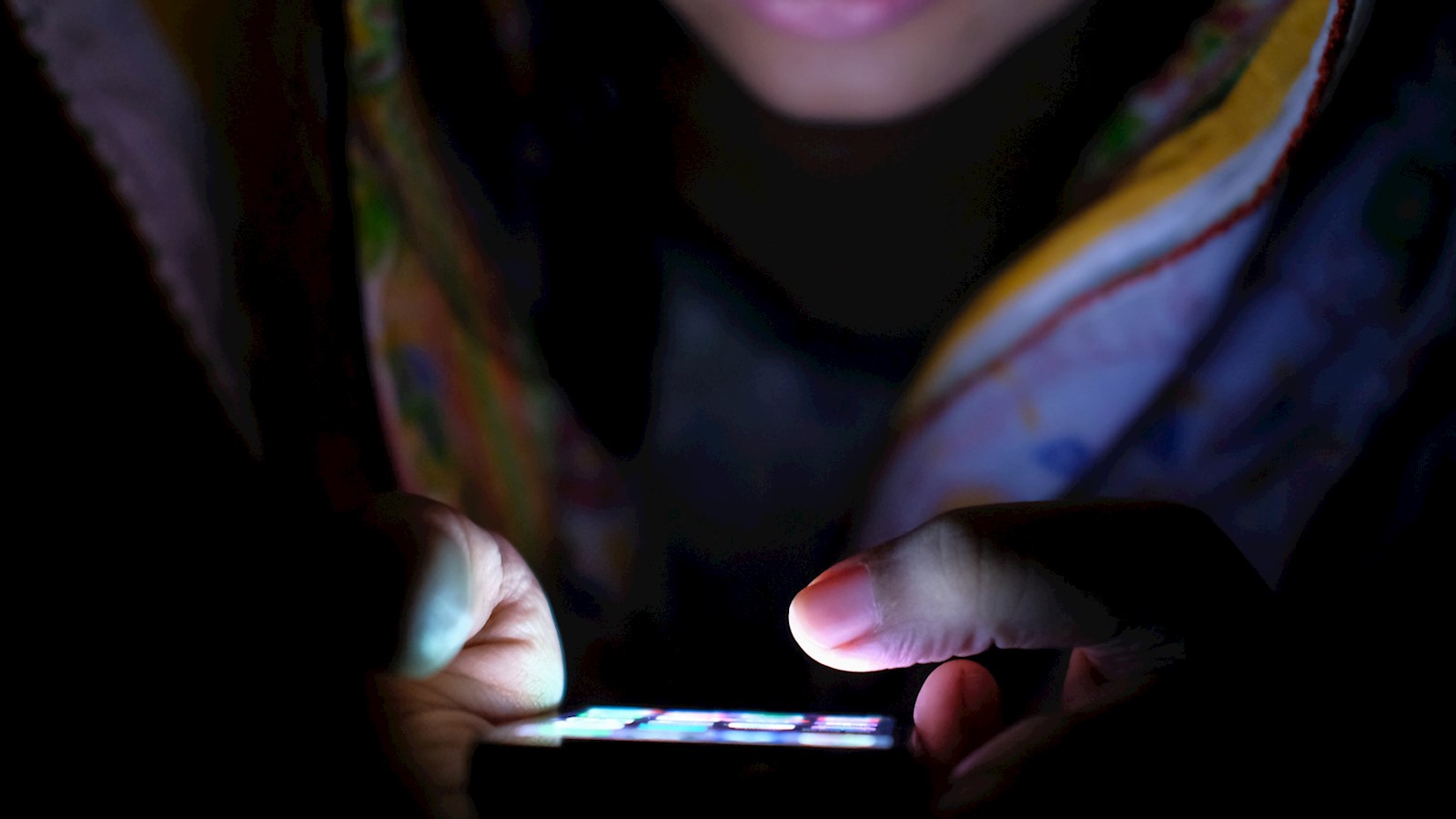X

Closing the digital divide in India
Women are at the forefront of the digital revolutionWhile China’s meteoric economic and digital rise has garnered global attention, Asia’s other behemoth – India – has been undergoing a digital transformation that will prove no less profound. Given India’s 1.35 billion population, any digital trends there result in some mind-boggling statistics. Indeed, the current digital “tale of the tape” in India shows over one billion active mobile connections, plus large swathes of users trading up to smartphones, resulting in a projected 530 million smartphones in India in 2018.
But amidst this rapid digital growth, it’s useful to consider the flipside: the sizeable, ongoing digital divide, and the implications of that divide closing over time. In particular, women will benefit from the next laps of digital connectivity in India, further fuelling economic and social velocity in India.
In 2014, the Indian government launched the Digital India initiative, which aimed to boost the country’s physical digital infrastructure, and shift government services online. Broadband would reach 250,000 villages; wi-fi would reach 250,000 schools; and a push would be made towards both universal phone connectivity and universal digital literacy. As of last October, the investments involved totalled a cool US$68 billion.
That’s a lot, but still not enough. By 2016, internet penetration was estimated at 29% (with possibly fewer than 2% of households having a fixed internet connection). Look deeper, and you can see the two main features of India’s digital divide.While half of all Indian men have a mobile phone, fewer than one in three women have one
First is the urban-rural divide: around half of urban households have internet access, far in excess of their compatriots in the countryside.
Second is the gender divide: while half of all Indian men have a mobile phone, fewer than one in three women have one. Plus, in some rural areas, females are banned by community leaders from using mobile phones. This gap between men and women goes much deeper than mobile phone ownership or internet access. In some key areas, women still lag men in India. The Literacy Rate census in 2011 found that the female literacy rate was 65.5%, compared to 80% for men. Almost a quarter of girls have already left school before they even reach puberty. In short, many females are currently still on the wrong side of the digital divide.
However, given India’s tremendous scale, further steps to bridge the divide for women will unlock a rich area of potential in the coming decade. Women have been at or near the forefront of economic changes brought about by the digital revolution elsewhere in Asia – as small business intrapreneurs, entrepreneurs, and business women. As the middle classes have grown, women have also proven to be key instigators of social change, leveraging social media to address a wide range of issues.
The burgeoning online world has proven to be an essential tool for Asian women to negotiate new choices as they benefit from economic growth. Since many women continue to have the main responsibility for managing their households and families, many automatically look online to help them with their family’s spending decisions.
Brands that are effective at connecting with emerging middle-class women have pole position in helping them make sense of the multiplying choices they have across a range of categories and services, from staples to major household purchases. This can be through online advertising, as media consumption moves from a family television to individual devices. Or it can be through social media, giving consumers the chance to engage with brands, and discuss them with friends. They can build a reputation and a sense of purpose that endures as new consumers move up the economic ladder. Beyond the home too, women turn to the internet for information, for opportunities, and for connections.
The further bridging of the digital divide promises a revolution in the place of women in Indian society, and will give them an increasingly pivotal role in the economy. The government, along with NGOs, recognises the opportunities that this will create, and collectively they are addressing key enabling areas such as infrastructure and education.
The foundations for this transformation are being laid, which will ultimately benefit India as a whole, not just its growing ranks of female consumers. Companies who have been entranced by China’s growth should now recognise the new opportunities that are opening up fast in India; companies with foresight will be ready as the digital divide closes.
This article was originally published on Ogilvy Influencers. Read more on Ogilvy’s Velocity 12 Markets Report
published on
21 August 2018
Category
More in Technology & data

WPP puts itself at the heart of collaborative 3D worlds
Pixar's 3D animation file format – USD – is the invisible building block of our digital 3D future.

A clarion call for AI, accessibility & advertising
Innovating at the intersection of AI, accessibility, and advertising

AI and health: a delicate balance
Healthcare marketing is in a category of its own and there’s a delicate balance to be struck between AI and human connection

